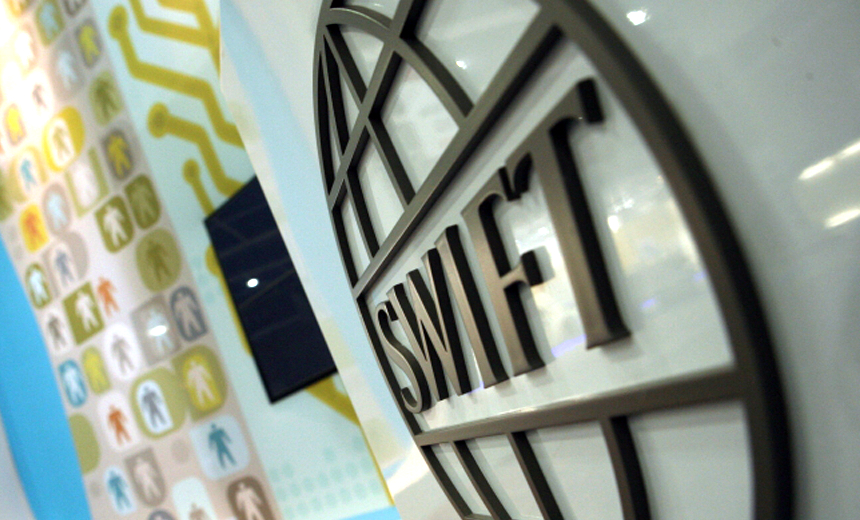
A report that the $81 million Bangladesh Bank heist was linked to a customized malware attack that compromised SWIFT software used to transfer funds has raised questions about the security of those transactions (see Bangladesh Bank Attackers Hacked SWIFT Software). But the more critical issue, fraud experts say, is the need for banks to have proper security controls in place to detect and prevent network intrusions.
See Also: Unite & Disrupt: Mitigate Attacks by Uniting Security Operations
SWIFT is a Belgium-based cooperative of 3,000 organizations that maintains a messaging platform used by banks, mostly in Europe, to transfer money across borders, often in real time.
"It was the bank's systems or controls that were compromised, not the software," says William Murray, an independent payments security consultant. "The SWIFT software behaved as it was intended to, but was not operated by the intended person or process. This is a bank problem, not a SWIFT problem."
The attack waged against Bangladesh Bank, the nation's central bank, in February was similar to account takeover attacks waged against commercial customers, Murray contends. "This is an account takeover attack, similar to those that the industry has been dealing with for years," he says. "However, it is the account of the bank with SWIFT, rather than that of the bank's customer, that is being taken over. ... Banks should be using the very same controls over their own systems that they expect of their own customers. Good security is good security."
Banks should conduct SWIFT transactions only on computers that are isolated from other devices on their networks, says Sean Sullivan, an adviser at the security firm F-Secure. "It should be a dedicated computer for its single task," Sullivan says. That's the same advice banks have for years been giving to their commercial customers who schedule wire transfers and ACH payments online.
"The malware was able to be installed on the SWIFT software computer because the attacker was in Bangladesh Bank's network with access - presumably with enough access to override any locally installed security software if there was any," Sullivan adds.
Shirley Inscoe, an analyst at consultancy Aite, says the breach likely involved an insider connection. "While hackers can successfully access many systems without insider assistance, almost certainly insider knowledge of how the system operates was used to overcome the fraud detection controls," she says. "This knowledge could easily have come from a current employee at SWIFT or Bangladesh Bank."
Malware Methods
The malware used to compromise a computer used for SWIFT transactions was designed to hide traces of fraudulent payments from the bank's local database collections, according to technology consultancy BAE Systems Applied Intelligence.
What's more, once money is transferred via SWIFT, it's typically not reversible, which makes this attack even more clever, Murray says.
"Keep in mind that SWIFT is a messaging system that banks use to communicate with correspondent banks," he says. "Multiple banks and transfers may be involved in completing a transaction, all taking place within seconds. And because multiple banks and accounts may be involved, by default, the transfers are not reversible when disputed."
This kind of "straight-through" payment process gives fraudsters an advantage, says Tom Kellermann, CEO of security firm Strategic Cyber Venture. Banks should be bracing for more of these types attacks, especially as the U.S. moves toward faster, real-time payments, he advises.
"Straight-through processing empowers the cybercrime community. SWIFT has been over-reliant on PKI [public key infrastructure] to protect the payment system for years. Private keys are being compromised as credential theft explodes."
SWIFT Taking Action
In a statement provided to Information Security Media Group, SWIFT notes that it is aware of the risks and is taking steps to help banks shore up security.
"We understand that the malware is designed to hide the traces of fraudulent payments from customers' local database applications and can only be installed on users' local systems by attackers that have successfully identified and exploited weaknesses in their local security," the statement says. "We have developed a facility to assist customers in enhancing their security and to spot inconsistencies in their local database records.
"However, the key defense against such attack scenarios remains for users to implement appropriate security measures in their local environments to safeguard their systems - in particular those used to access SWIFT - against such potential security threats. Such protections should be implemented by users to prevent the injection of malware into, or any misappropriation of, their interfaces and other core systems."
Executive Editor Mathew Schwartz also contributed to this story.

